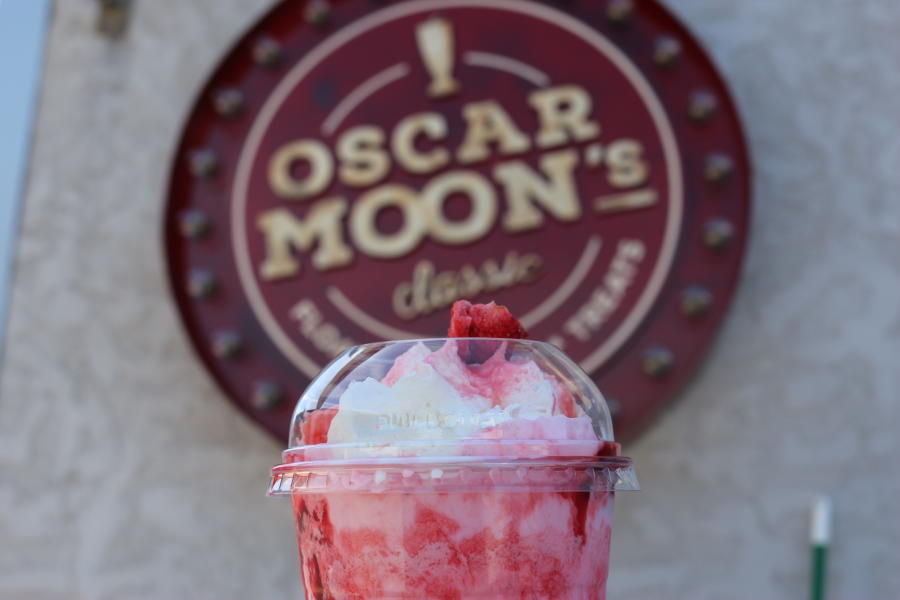

The National Institute on Alcohol Abuse and Alcoholism suggests one drink per day for women and up to two for men. Stick with moderate alcohol consumption to get the health benefits without feeling down the next day. While phenols provide some health benefits, slamming a keg won’t offer much more than a killer hangover. Phenol antioxidant quantity and quality in foods: Beers and the effect of two types of beer on an animal model of atherosclerosis. DOI: 10.1021/jf101975q This means they may also pack in more heart-protecting compounds than other beers. Characterization of phenolics content and antioxidant activity of different beer types. (The letters in “phenol” make up most of the word “phenomenal” for a reason.)Īles typically have one of the highest phenol concentrations. What’s in your beer is also in brightly colored fruits like apples, oranges, and cranberries. Many of beer’s benefits stem from natural antioxidants called phenols, which happily float around in beer, wine, and many foods. Alcohol consumption and the risk of hypertension in women and men. It could also reduce your risk of high blood pressure, as long as you stick to certain limits (four or fewer drinks per day for women and one per day for men). May alcohol-induced increase of HDL be considered as atheroprotective?

Moderate beer consumption might even help protect against heart disease. It might be time to cut yourself a bit of slack. Don your ale snob sweater vest, crank that moderation up to 9,000, and beer we go!Īhead of the game: Picking a healthy beerĬhill out. We’ve rounded up the beers most likely to bring a health punch to the party. (However, if you start drinking enough to stage a low budget sequel to “The Hangover,” it might be time to rethink your approach.
IF I CRACK OPEN A COLD ONE IN ONE YARD AND MILKSHAKE HOW TO
Making the right choice (and knowing how to make it) means you can drink non-ridiculous amounts without impacting your health too much. Some beers are way worse for your health than others. What about my diet? I might undo all the good work from the antioxidant-rich summer fruit salad. The sun is blazing, ice cream is dripping from every surface, and the kiddie pool has a tiny leak that somehow isn’t dampening the vibe.īut the ice-cold, refreshing beer, snug in its koozie, has kicked off doubts in the back of your mind. If you buy through links on this page, we may earn a small commission. In many cases, the tree will attempt to heal itself by forming a callus along the crack.We include products we think are useful for our readers. Keep the crack clean to prevent infection and leave it open. Sealants, wound paint, and adhesives have no effect on the healing process or the health of the tree. If you’re wondering how to fix a frost crack, the answer is that you don’t. Hardiness zones reflect the lowest expected temperature in an area, but all areas experience unexpectedly low temperatures from time to time, and these low temperatures can damage trees growing on the edges of their hardiness zones. Dark-colored and smooth-barked trees are most susceptible to sunscald.Ĭracking tree trunks also occur in trees grown in areas where they are marginally hardy. You may find strips of bark peeling off the tree. When sunny afternoons are followed by freezing nights, the tissue dies.

In late winter or early spring, warm afternoon sun shining on the trunk can cause the tree tissue to break dormancy. You’ll also see cracking tree trunks from a condition called sunscald.

Reasons for Frost Crack in Treesįrost is just one of the causes of tree bark cracking. A tree with a crack is in no immediate danger and may live for several years. When the bark alternately contracts with freezing temperatures and expands on warm days, a crack is likely to occur. The term “frost crack” describes vertical cracks in trees caused by alternating freezing and thawing temperatures. Frost cracks usually occur on the south to southwest side of the tree. They can be several feet (1 m.) long and a few inches (8 cm.) wide, and the colder the temperature, the wider the cracks. During periods of cold winter nights followed by warm sunny days, you may discover frost cracks in trees.


 0 kommentar(er)
0 kommentar(er)
